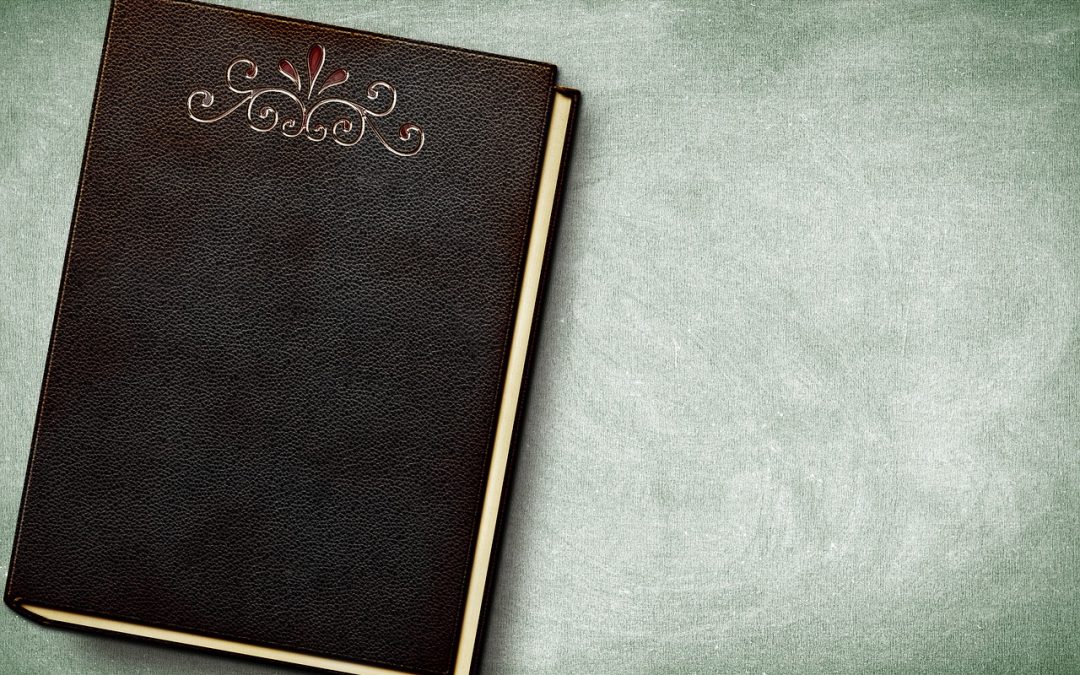As an indie author, I’ve often found myself drooling over gorgeous book covers, fantasizing about how my own book would look with a similar design. But let’s get real, shall we? A beautiful cover is just the tip of the iceberg. The real magic happens when you delve into the world of DIY book production. Trust me, it’s a game-changer.
In this article, we’ll explore why focusing on DIY book production is a better investment of your time and resources than obsessing over a snazzy cover. Don’t get me wrong; a great cover is essential, but it’s only a small part of the overall equation. So, buckle up and let’s dive in!
Control and Quality
One of the most significant advantages of DIY book production is the level of control you have over the final product. When you outsource the production process to a third-party service, you’re at their mercy. With DIY, you get to call the shots, from paper quality to font choices, ensuring that your book turns out exactly as you envisioned.
Take, for instance, the paper quality. As an indie author, you can’t afford to compromise on the tactile experience of your book. With DIY, you to opt for high-quality papers that feel luxurious to the touch, like 80gsm or 100gsm. These may seem like minor details, but they can make a world of difference in the reader’s experience.
Another significant benefit of DIY production is the ability to ensure quality control. When you’re handling the production process yourself, you can catch errors and typos before they make it to print. This not only saves you from embarrassment but also ensures that your readers get a polished, error-free book.
Cost-Effective and Flexible
One of the primary concerns for indie authors is the cost associated with publishing a book. DIY book production is an excellent way to cut costs without compromising on the final product. With the right tools and software, you can produce a high-quality book at a fraction of the cost.
For instance, design software like Canva or Vellum can help you create a professional-looking book design without breaking the bank. These tools are not only affordable but also offer a range of templates, fonts, and customization options to get you started.
Another significant benefit of DIY production is the flexibility it offers. With traditional publishing routes, you’re often tied to a specific printer, distributor, or publisher. With DIY, you have the freedom to experiment with different formats, sizes, and distribution channels.
“The biggest risk is not taking any risk… In a world that’s changing really quickly, the only strategy that is guaranteed to fail is not taking risks.” – Mark Zuckerberg
Empowerment and Creativity
One of the most significant benefits of DIY book production is the creative freedom it offers. When you’re not bound by the constraints of traditional publishing, you can push the boundaries of what’s possible with your book.
With DIY, you can experiment with unique formats, sizes, and materials. Want to create a book with a custom trim size or a unique binding method? With DIY, you can make it happen. This creative freedom can help you stand out in a crowded market and create a truly memorable reading experience.
Another significant benefit of DIY book is the empowerment it gives you. When you’re in control of the production process, you’re more invested in the outcome. This sense of ownership and pride in your work can be a powerful motivator, driving you to create better work and push yourself creatively.
For more tips and resources on DIY book production, be sure to check out our articles on Write, Design, Repeat and Designing Books on a Budget. These articles are packed with actionable advice and insights to help you get started with DIY book production.
Getting Started with DIY Book Production
Now that we’ve explored the benefits of DIY book production, it’s time to get started. Here are some tips to get you started:
- Invest in the right software and tools: Invest in design software like Canva or Vellum, and formatting tools like Microsoft Word or Google Docs.
- Choose the right paper quality: Opt for high-quality papers that feel luxurious to the touch, like 80gsm or 100gsm.
- Experiment with unique formats and sizes: Don’t be afraid to try out unique formats, sizes, and materials to make your book stand out.
- Take control of the production process: Don’t be afraid to get hands-on with the production process, from printing to binding.
Remember, DIY book production is a journey, not a destination. It requires patience, experimentation, and a willingness to learn. But the rewards are well worth it – a high-quality book that’s truly yours.

